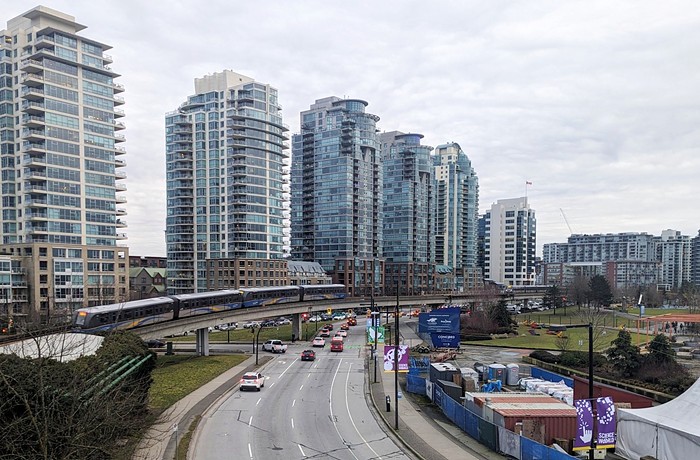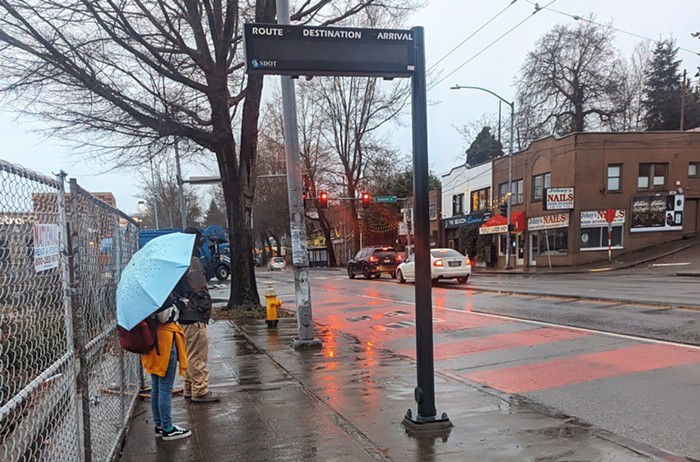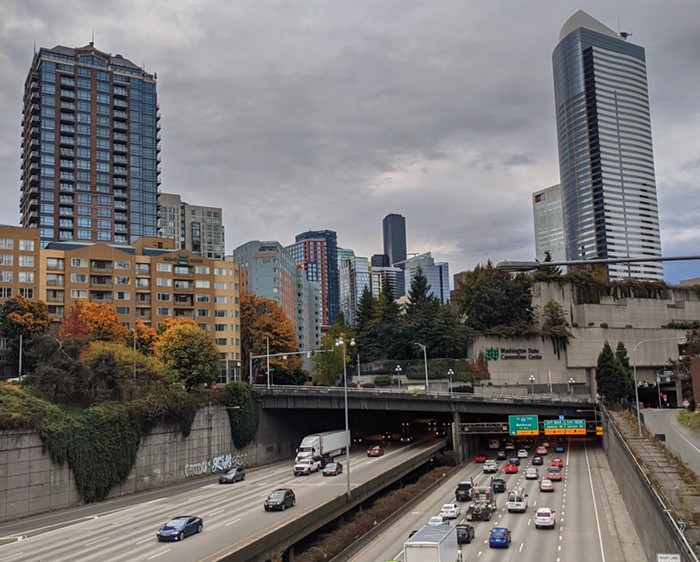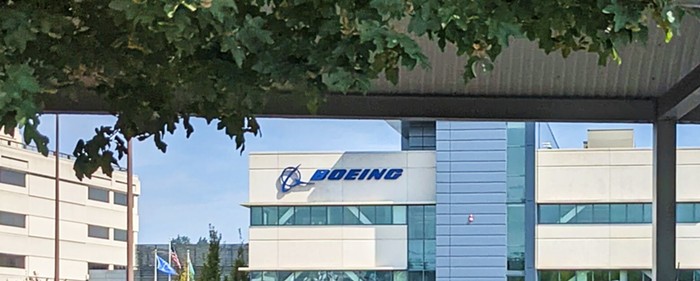
You are on a platform in the University Street Station. The train stops. Its doors open. You step inside. It's packed and you have to stand uncomfortably close to someone who is a bit smelly, or creepy, or both. As the train begins to move, you gaze out the window and see a huge banner advertising cars that can be bought with "no guesswork." Maybe this will give you an idea. Maybe it's time to buy a car. This idea might also occur to someone waiting for an always-late bus. He has had it up to here with buses that never run on time. He must take control of his life—but how? He looks up and can't miss the eight huge and colorful banners for Carmax, the largest used-car retailer in the US. Their prices are "upfront." No dicking around with Carmax. The dealer has two locations near him: Puyallup and Lynnwood.
It's fine for Metro to generate a little income from advertisements, but the banners in the University Street Station display the social engineering power of car dealers and makers. Public transportation has nothing like it. Last year, Sound Transit got blasted for "heavy marketing" (they spent $850,000 on ads, tote bags, and what have you). But turn on the TV and what do you see? Almost nothing about trains and buses and bikes; and almost non-stop ads for cars. In 2015, the top five automakers alone spent $12.5 billion on images of cars moving through empty country roads or solving all of life's problems. This is what public transportation is up against everyday. Even here in the subway station, you can't escape the advertising power of the auto industry.



















